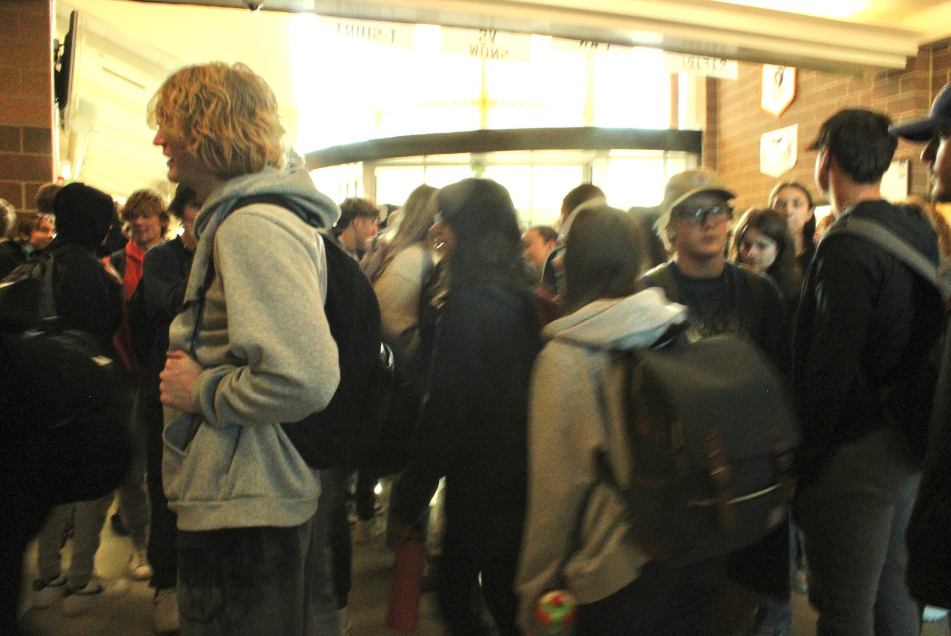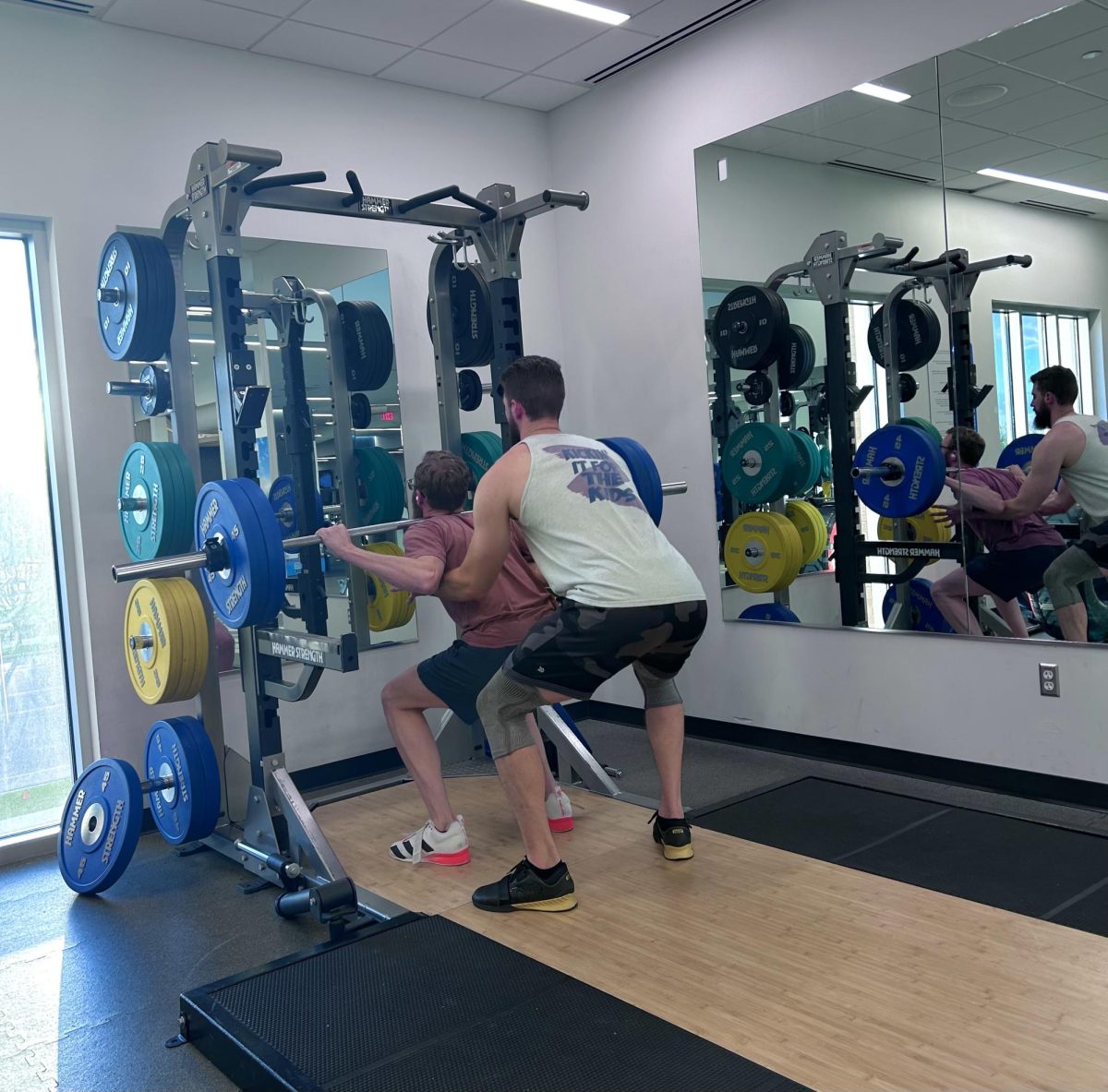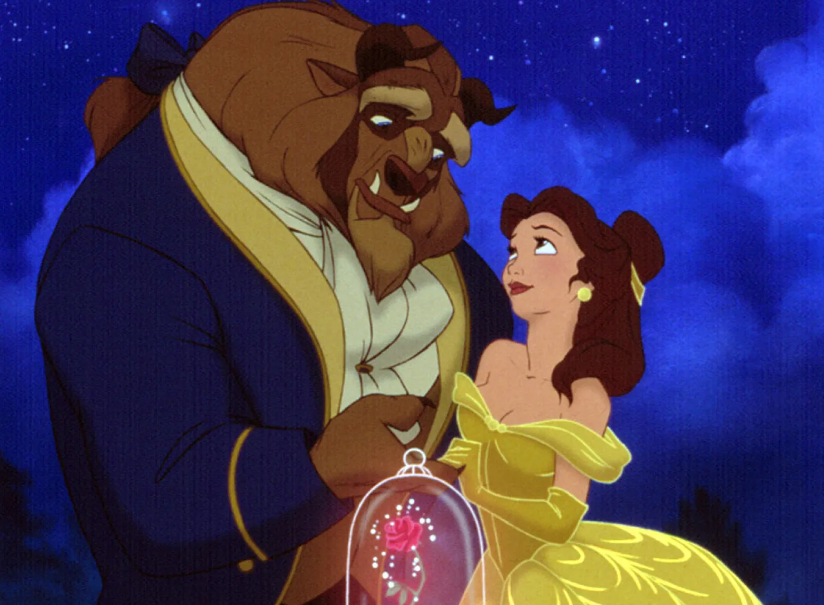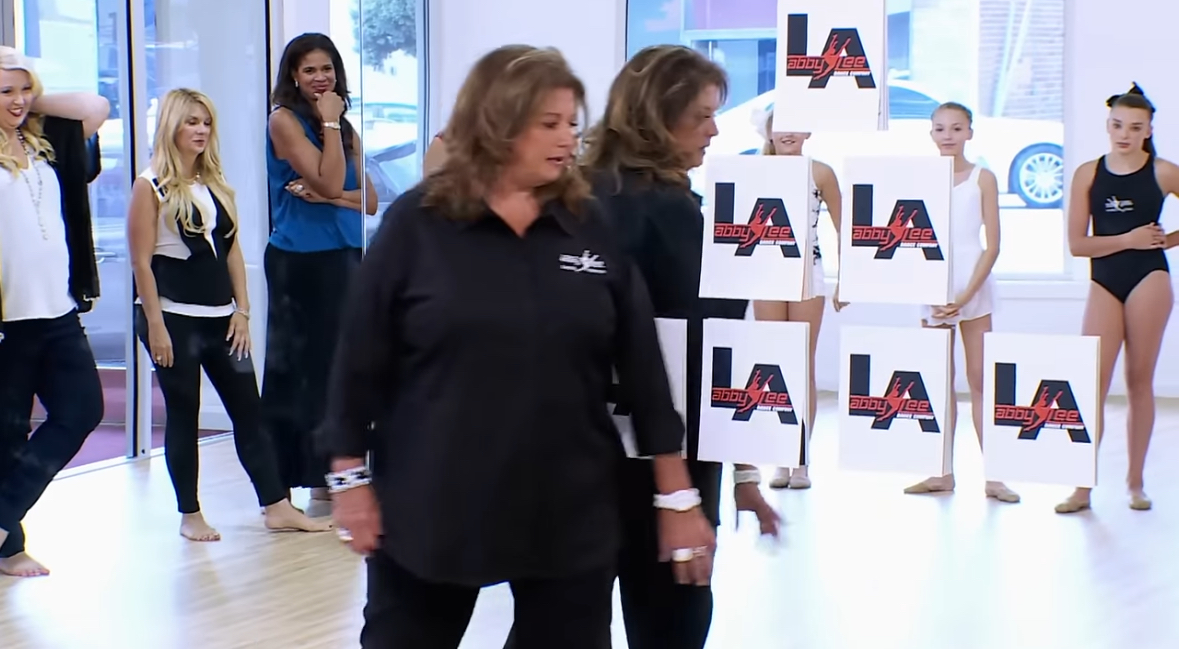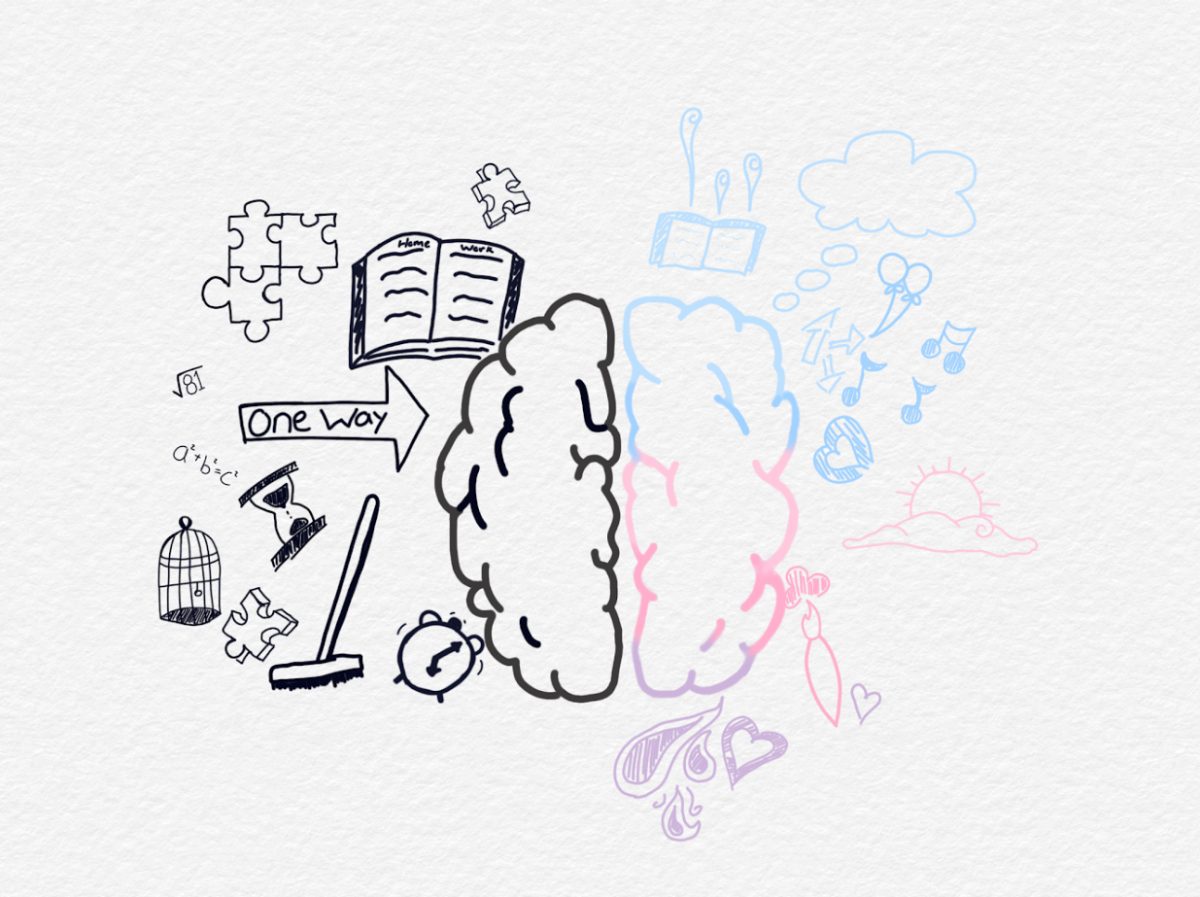“Kids these days” is a pervasive sentiment in American culture, but this has been said for decades. America, along with numerous other nations in the process of industrialization, has largely created the concept of adolescence to fit the demands of modern times. Although youth have been shown at the age of 14 to have the same critical thinking and cognition skills as adults, continuing stereotypes regarding adolescent behavior continue. But, it could be the lens through which we see those teens that causes us to think this.
Most parents have heard of a “sugar high,” but in reality, parents are just more observant of the fact that they are energetic and then attach that to something else. In the same way, we have attached distinct concepts to teenagers—a concept that didn’t exist in American discourse up until the 1900s, let alone spoken about widely up until after World War II. Studying 186 pre-industrial societies, anthropologists found that three out of five did not even have a word for adolescence and spent virtually all their time with other adults.
This changed as modern nations such as the U.S. started to industrialize. As farm workers moved to the city, initially children and adolescents worked. The abolition of child labor and the rise of compulsory education during the early 1900s changed this. As older and older people increasingly left the workforce and entered state-run educational institutions, distinct youth cultures and behaviors emerged, as did stereotypes by adults regarding them.
In an article by Life magazine in 1944, the writer remarks that “American businessmen, many of whom have teenage daughters, have only recently begun to realize that teenagers make up a big and special market… The movies and the theater make money by turning a sometimes superficial and sometimes social-minded eye on teenagers.” The pressures of legislation and marketing ultimately drove the narrative of youth as a distinct class of people.
Modern research has found that the human brain is still developing until the early or mid-20s, which should put the question to rest; however, we simply don’t understand neuroscience enough to know whether or not the level of myelination or white matter in the brain influences human behavior or whether policies differentiating younger from older people are justified as a result of that information. Simply because we observe certain “undesirable” behaviors in adolescents and there is evidence of certain differences in brain structure between teenagers and adults does not imply that those differences cause those behaviors. Correlation does not imply causation.
To add to this, the brain degenerates over time, meaning that older people have similarly “deficient” brains, yet we do not deny the basic rights of adulthood to elder people as a result. Despite this, scientific publications—despite the clear flaw in logic that underpins their arguments—continue to espouse myths about adolescent behavior due to widespread stereotypes. Despite this, adolescents continue to surprise wider society with their resilience.
Despite most people believing children need to be taken care of, 1.4 million children from the age of eight to 18 take care of an older adult or sibling, including 400,000 children younger than 11 years old, and almost a third of teenagers aged 16–19 are employed. This shows that despite the myth that teens are incapable of handling the privileges and responsibilities of adulthood when required by circumstance or given the opportunity, people in this period of life can meet those challenges.
Society finds it acceptable to point out teenagers’ flaws. Instead of being able to hide their issues, teens are made to be more obviously flawed, in the same way that people of all ages are. When we start seeing our adolescents as the flawed humans that we all are, we can realize the full potential of people from all ages.

